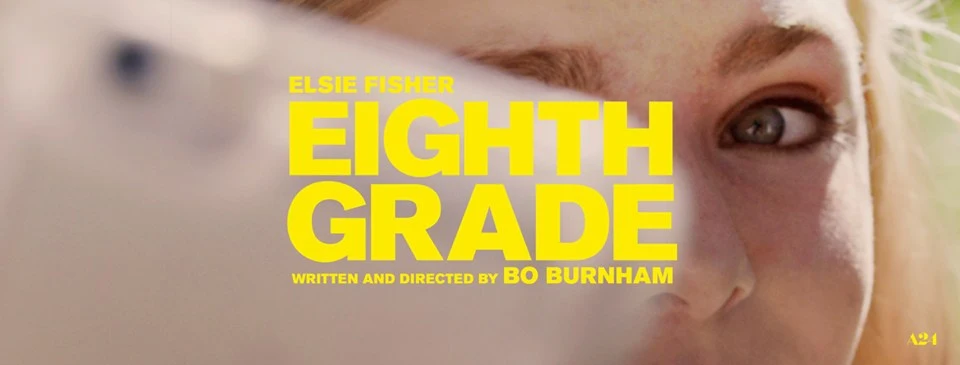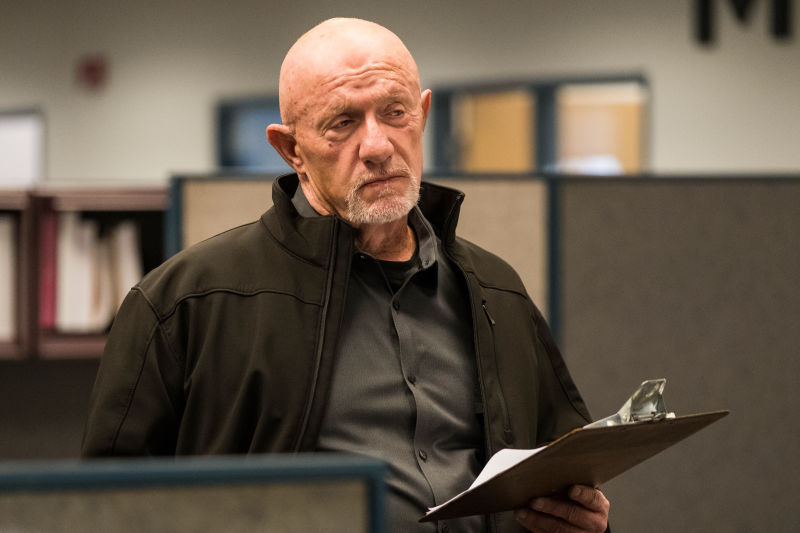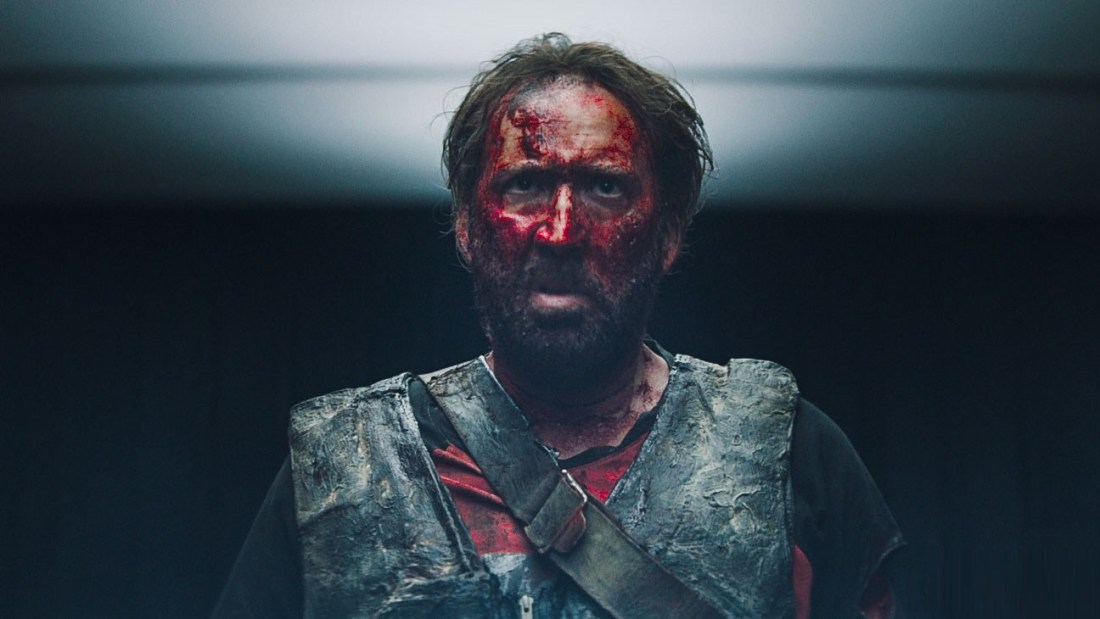By now, you’ve probably already taken a side in this whole “Achievement in Popular Film” fiasco. I won’t bore you with the details of how I feel (unless you want to click here and read a long, rambling essay with my thoughts and some cursory recent Oscar history), so instead, let’s just launch into the point of this second article; accepting that these changes are going to happen, I thought it might be interesting to look back at the last few years of Academy Awards and see who might have been in contention for this statue, had it existed back then.
The problem, of course, is that the Academy hasn’t yet defined what Achievement in Popular Film actually means. As I said in my other piece, the ideal scenario would be that this winds up being some sort of cross section between art and popularity. In a more unfortunate case, it will either be a secondary conciliatory Oscar for some snubbed popular movie, or merely an excuse to parade out the year’s most successful Disney producers. In any case, in the article below, I made a sincere attempt to look back at the last ten years (ever since the Academy expanded Best Picture to up to ten films in order to deal with decreasing relevance of the movies it was rewarding, and certain snubs like the one for The Dark Knight). And the results were kind of all over the place and super interesting, to the point where it actually kind of got me excited to see what the first couple of years of Popular Film might look like in the immediate future.
Here are the parameters I worked with, in the absence of any from the Academy itself:
- Box office performance: I’m setting the bar for popularity at $100M box office, as that’s a pretty standard benchmark for a film’s success. What’s more, the movie will have had to make this money by more or less the end of the year in order to avoid the inevitable bump that an Oscar run would provide. I made some exceptions for movies that would have most certainly released earlier if an award like this was on the table, but generally speaking this means that a lot of Best Picture nominees wound up on the cutting room floor.
- No animation: Animated features are eligible for Best Picture (and have broken through on three occasions), however considering they already have their own category and the fact that there’s at least half a dozen animated films that break $100M a year, it doesn’t seem like it’s within the spirit of the category. Otherwise, there are no genre limitations.
- The movies have to be good: I know that this is incredibly subjective, especially as the years go by, but I ignored movies that weren’t considered great, but still made a lot of money, like Suicide Squad. This is probably unfair, but I’m not giving another Oscar to some sorta Suicide Squad.
- Like the Academy already mentioned, films nominated for Best Picture are still eligible for this award.
That’s about it. Without the Academy defining what “popular film” is supposed to mean, I don’t want to pull in the reins too tightly. And, as you’ll see, it’s created some interesting results. Let’s start with the current year before going back to 2008.
2018 – Predicted Winner: Black Panther
Potential Spoiler: Mamma Mia! Here We Go Again
Best Picture Winner: N/A
Other Nominees (So Far): Avengers: Infinity War, Mission: Impossible – Fallout, Ocean’s Eight, A Quiet Place, Ready Player One
Still To Come: Crazy Rich Asians, Mile 22, First Man, Bohemian Rhapsody, The Nutcracker and the Four Realms, Fantastic Beasts: The Crimes of Grindelwald, Widows, Creed II, Robin Hood, Mary Poppins Returns, Welcome to Marwen, Aquaman
It would be kind of poetic if, after pressuring the Academy to create this category and after everyone presumed that it was made for Black Panther, Disney didn’t actually take it home. It seems like a given, but it kind of depends on what winds up defining the category and if any block of voting members decides that this definition doesn’t line up with Black Panther. At the risk of getting a lot of hate thrown my way, I actually don’t think that Black Panther is an Oscar-caliber film, much like I didn’t think Wonder Woman was last year. At least not in terms of how the Academy has defined that in recent years, siding more towards quality and art rather than industry importance. Black These are movies that mean a lot to people for a variety of reasons, but at the end of the day, neither is even the best superhero movie of their given year, yet alone worthy of being the first to break through to Best Picture. This category could be the Academy recognizing this divide, and while it may not sit well with some people, I think it’s probably the right move to recognize these kinds of movies and their relative importance without admonishing the smaller scale art films that have taken over Best Picture. With that in mind, Black Panther seems to be the obvious winner. But I wouldn’t count out Infinity War, which made virtually the same amount of money domestically and was beloved by moviegoers. Then again, if cultural impact is paramount, then Crazy Rich Asians might stand a shot if it makes some money, or they could pull a Globes and turn this into the farce that comedy/musical is at the Golden Globes. And wouldn’t it be funny if, after all this fuss and muss, the Achievement in Popular Film award goes to a goddamn Mamma Mia movie?
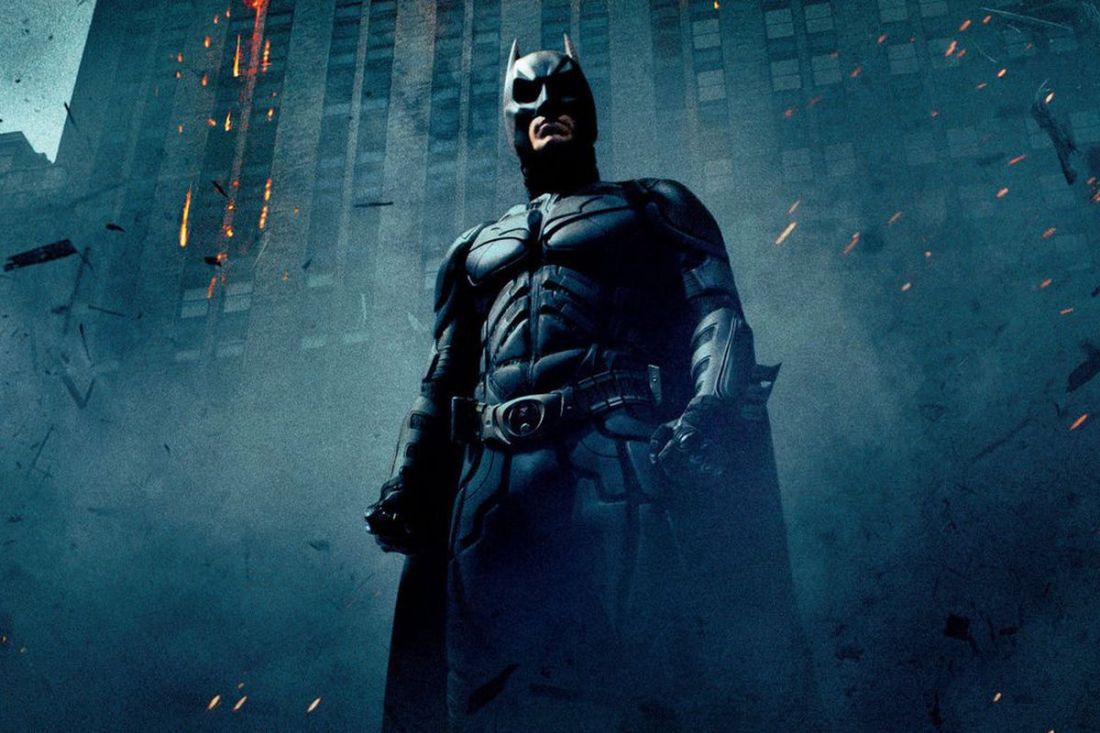
2008 – Predicted Winner: The Dark Knight
Potential Spoiler: Mamma Mia!
Best Picture Winner: Slumdog Millionaire
Other Nominees: Iron Man, Twilight, Quantum of Solace, Sex and the City, Tropic Thunder, Step Brothers
Speaking of hilarious poetry, let’s go back to the year that was the precursor to this mess, when the outrage over The Dark Knight’s snub led to the expansion of Best Picture. If instead the Academy created Achievement in Popular Film to accommodate it, the same way they’re doing for Black Panther, then it seems pretty obvious that The Dark Knight would walk away with this award and Christopher Nolan fans wouldn’t spend the next decade lamenting the fact that their favourite director never got the recognition he deserved. Or… just like they might this year, they give it to freaking Mamma Mia.
2009 – Predicted Winner: Avatar
Potential Spoiler: Inglourious Basterds
Best Picture Winner: The Hurt Locker
Other Nominees: Harry Potter and the Half-Blood Prince, The Hangover, Star Trek, The Blindside, Sherlock Holmes, Taken, District 9, Watchmen
2009 seems like another obvious year. Avatar was not the best movie of 2009 (that was Inglourious Basterds), but it was most certainly the most influential. It ushered in the current era of 3D and forced theaters to buy all new equipment. It set new box office records domestically and worldwide, records director James Cameron already held. But it was toppled by The Hurt Locker for Best Picture because it was a mainstream action/sci-fi movie with a derivative, forgettable story and mediocre acting. . After The Dark Knight muddled the line between art and mainstream appeal, the Academy quickly put its foot down and said that it was disinterested in that debate, instead rewarding one of the least-watched Best Picture winners of all time and likely perpetuating the stereotype that the Oscars are for art films no one cares about. If Popular Film existed in 2009, there’s no way Avatar doesn’t come out the winner. Unless… the Academy treats it as Best Picture #2 and gives it to Inglourious Basterds, the film they’re afraid of giving Best Picture to despite eight nominations, a Supporting Actor-winning performance from Christoph Waltz rivaling the bar set by Heath Ledger a year earlier, and a Best Original Screenplay snub so egregious that they gave Tarantino the nod a couple years later for Django Unchained when 2009 Hurt Locker winner Mark Boal should have won for his superior film, Zero Dark Thirty. So, do you give it to Avatar, the benchmark-destroying film, or Inglourious Basterds, the Tarantino masterpiece too gauche to be lauded as the year’s best film, but incredibly popular? What’s more, does anyone remember The Hurt Locker if this category exists?
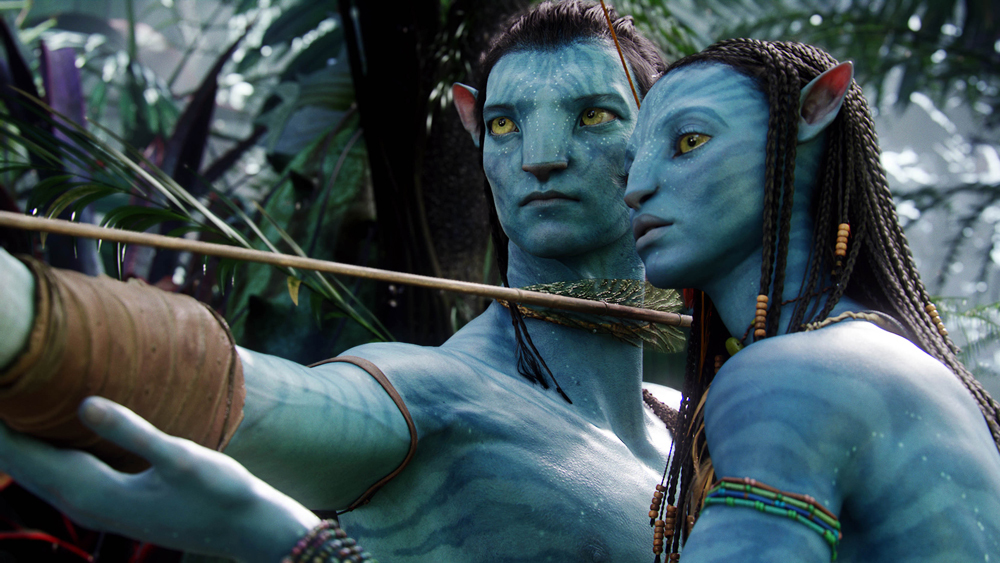
2010 – Predicted Winner: True Grit
Potential Spoiler: Inception
Best Picture Winner: The King’s Speech
Other Nominees: Other Potential Nominees: Alice in Wonderland, Iron Man 2, Harry Potter and The Deathly Hollows Part 1, The Karate Kid, Tron Legacy, Shutter Island, The Other Guys, The Expendables
2010 is when things start to get weird and the necessary for this category dwindles for a few years. I may be blinded by hindsight, but there’s not a single populist film in this pool that really stands out. The year’s top action/adventure performers are all sort of bland and forgettable and haven’t held up in the years since they came out. And it would have been a travesty to reward half a Harry Potter film (more on that when we get to 2011). I would have killed for a The Other Guys win, as a precursor to Adam McKay’s dramatic turn in recent years, but I highly doubt the Academy would have given this award to any comedy, yet alone one starring Will Ferrell, and Shutter Island is an underrated Scorsese/Leo team-up that was otherwise ignored at this year’s Oscars and would have an equally difficult time in this category. Barring a wild misinterpretation of what this category is supposed to mean, that leaves us with only two possible winners, both 2010 Best Picture nominees. Either this goes to True Grit, or Inception, and at the end of the day Oscar is much more likely to pick a Coen over a Nolan.
2011 – Predicted Winner: The Help
Potential Spoiler: Harry Potter and The Deathly Hallows 2
Best Picture Winner: The Artist
Other Nominees: Fast Five, Mission: Impossible – Ghost Protocol, Thor, Rise of the Planet of the Apes, Captain America: The First Avenger, The Girl with the Dragon Tattoo, Bridesmaids
The further I get into my own head about this damn category, the more it looks like it’s going to wind up being Best Picture Jr. instead of rewarding the year’s most popular good movies. A lot of what I’ve said suggests that 2011’s statue should go to the last Harry Potter film. Even though it’s a Part 2, a trend I absolutely loathed about this era of blockbusters, it would have been the perfect time to reward the legacy of a really important and uber popular film franchise, similar to how they celebrated Lord of The Rings eight years earlier. Especially considering, shockingly, that the Harry Potter franchise never won a single Oscar. Then again, if we accept the other, more cynical reason this category came to exist in 2018, the year of the Panther, then doesn’t rewarding The Help make just as much sense? Even so, 2011 was a good year for blockbusters, as you can see above, so it’s just as possible that they go a different root with this and try to reestablish the award as truly populist, or even give it to Bridesmaids, the first true comedy contender in recent years. All that being said, I think it’s just easier to give it to The Help, a great movie that a lot of people loved at the time and, as a Best Picture nominee that year, a fairly uncontroversial choice.

2012 – Predicted Winner: The Avengers
Potential Spoiler: Django Unchained, Les Miserables, Argo, Life of Pi, Lincoln
Best Picture Winner: Argo
Other Nominees: The Dark Knight Rises, Skyfall, The Hunger Games, Ted, Prometheus
2012 is probably the apex of the crossover between Popular Film and Best Picture, yet also the year where a truly populist film is the most obvious winner. All but two films nominated for Best Picture made well over $100 million, a whopping five of them all reached that threshold before our arbitrary early January cutoff, and each of those five are wildly different and good in their own ways. A master debater would point to 2012 as an easy takedown for anyone arguing that Oscar doesn’t reward movies that people watch. But for the Popular Film category, that creates a massive problem. This is a year where they might want to give this out as a secondary best picture reward to, say, Life of Pi, a movie which could have easily usurped Argo for best picture, or Django Unchained as a conciliatory award to Tarantino. Even Argo would be a fine winner and the first film that could win both categories, either justifying its existence or further unnerving those who’ve already chosen to hate it no matter what. And if it wasn’t for the fact that 2012 is also the year The Avengers came out, I’m sure we’d all be fine with any of those choices. However you might interpret this category, if Marvel pulls off what they did with this movie in 2012 and don’t get rewarded for it with a category named specifically after the thing that their movies are, then there’s a problem.
2013 – Predicted Winner: Gravity
Potential Spoiler: American Hustle
Best Picture Winner: 12 years A Slave
Other Nominees: The Hunger Games: Catching Fire, Iron Man 3, Fast & Furious 6, The Heat, The Great Gatsby
2013 is probably the weakest year on this list. It doesn’t really have any big blockbuster movies that stand out, and most of its Best Picture nominees didn’t make their money before the cutoff, leaving us with American Hustle, which, quite frankly, I had to bend the box office rule to sneak in, and the obvious winner, Gravity, which was in equal contention for Best Picture for 12 Years A Slave. In fact, it won four more Oscars than 12 Years and even gave us a rare Best Picture/Best Director split, with Alphonso Cuaron taking the second most coveted statue of the show. Gravity was a great film and surprisingly popular for an Oscar contender, and in retrospect, the fact that it didn’t win Best Picture was probably the most telling early sign that the Academy was starting to firmly move away from rewarding popularity. Giving Gravity this reward is an easy compromise.

2014 – Predicted Winner: American Sniper
Potential Spoiler: Captain America: The Winter Soldier
Best Picture Winner: Birdman
Other Nominees: Guardians of the Galaxy, Maleficent, X-Men: Days of Future Past, Dawn of the Planet of the Apes, Godzilla, Interstellar, Neighbors, The Equalizer, Gone Girl
If this was 20 years earlier, American Sniper would not only be the winner in this category, but it would have easily won Best Picture and several other awards. But in 2014, the Academy’s priorities are rapidly changing, and a movie like American Sniper is both unaligned with Hollywood’s politics and represents something they’ve left behind as the Academy moves further away from populist movies. I originally considered disqualifying American Sniper from contention because it only made its money in January, but it’s kind of too crazy a story to ignore. This is a based-on-a-true-story movie about the struggles of an Iraq war vet that, depending on what side of the political spectrum you might fall on, was either a badass that killed a bunch of terrorists (fuck yeah America!), or a complicated, ill person handed a sniper rifle by a military and society that enables and encourages his ilk to do bad things and then gaslights them by calling them heroes yet treating them like the homeless (deep breath), struggling to reintegrate with society upon his return from a harrowing, unnecessary war. This is a story that appealed to middle America and pandered to certain people on the left, leading it to an unlikely spot at the top of the 2014 box office, an unlikely feat considering the year that Marvel had and some other great action movies. While it came out late and was likely boosted by all its Oscar nominations, I decided to throw it in here because it’s important in all of this context of what this category should be (and could have easily gone wide in like November and been eligible anyway). This, along with Argo, are the 90s style of serious mid-budget blockbusters that the Academy should want to get back to and a completely kosher choice for this award, if that’s not the kind of thing you want to reward in Best Picture. At the same time, it’s not like the Academy ignored American Sniper; it got six nominations. It was snubbed in all but one technical category not because of the kind of film it is, but because of who make it and his and its politics. Clint Eastwood, despite being a legend both in front of and behind the camera who hasn’t lost much of a step at his age, was by this point firmly an old, conservative asshole barely two years removed from when he assailed the character of the sitting president and mocked him at the RNC by talking to an empty chair. Hollywood can forget a lot of bad things, but character attacks on Barack Obama is not one of those things. So depending on what kind of cynicism is your shit, either they give him this award out of spite since it’s no Best Picture, or they nominate him and give it to Captain America because that’s what the country really stands for.
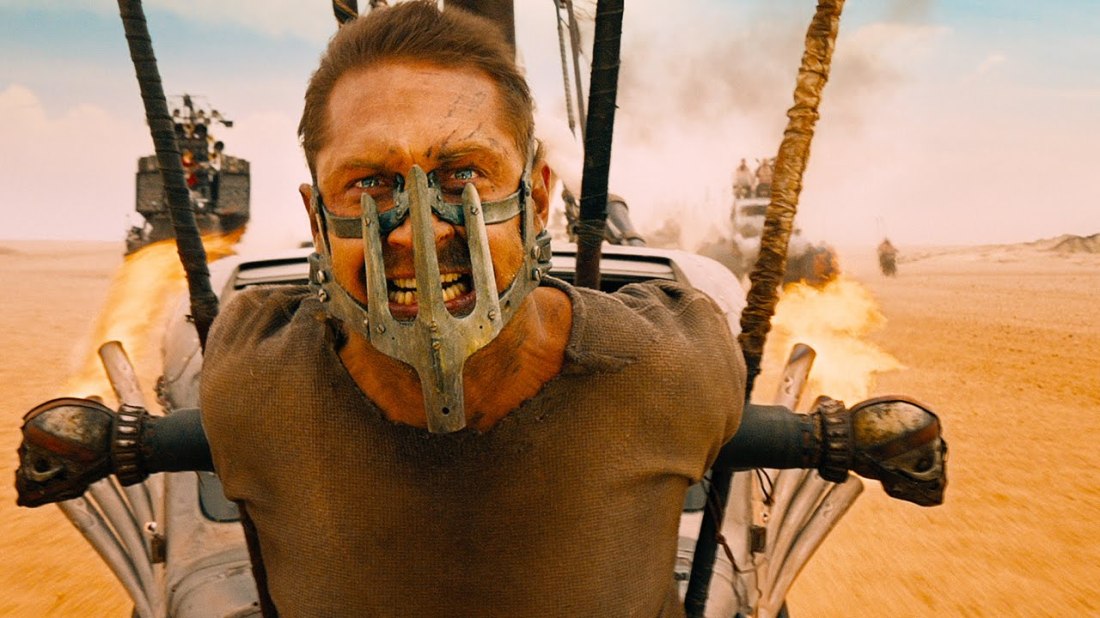
2015 – Predicted Winner: Mad Max: Fury Road
Potential Spoiler: Star Wars: The Force Awakens
Best Picture Winner: Spotlight
Other Nominees: Jurassic World, Furious 7, Cinderella, Spectre, Mission: Impossible – Rogue Nation, Straight Outta Compton, Kingsman: The Secret Service, Trainwreck, Spy, The Martian
Spotlight is a good movie and I don’t blame the Academy for giving it Best Picture, but the fact that a film like Mad Max can come out of an Oscar ceremony with six statues and one of them isn’t Best Picture is exactly the problem with the Oscars these days, and why this category exists. Some might argue that being technically good (all six of Mad Max’s Oscars were below the line, although George Miller should have contended for Directing and Charlize Theron should have been nominated for Best Actress) doesn’t mean that you deserve the top awards, but Mad Max, like, for example, Avatar, should be an obvious exemption, perfectly blending art with popularity and a stunning, industry-changing achievement in film that deserves to be recognized. It’s the obvious winner here as a consolation prize. That being said, 2015 is also the year Disney brought Star Wars back in the grandest possible way, destroying box office records (including some set that same year by Jurassic World), and could possibly stake an equal claim to this award.
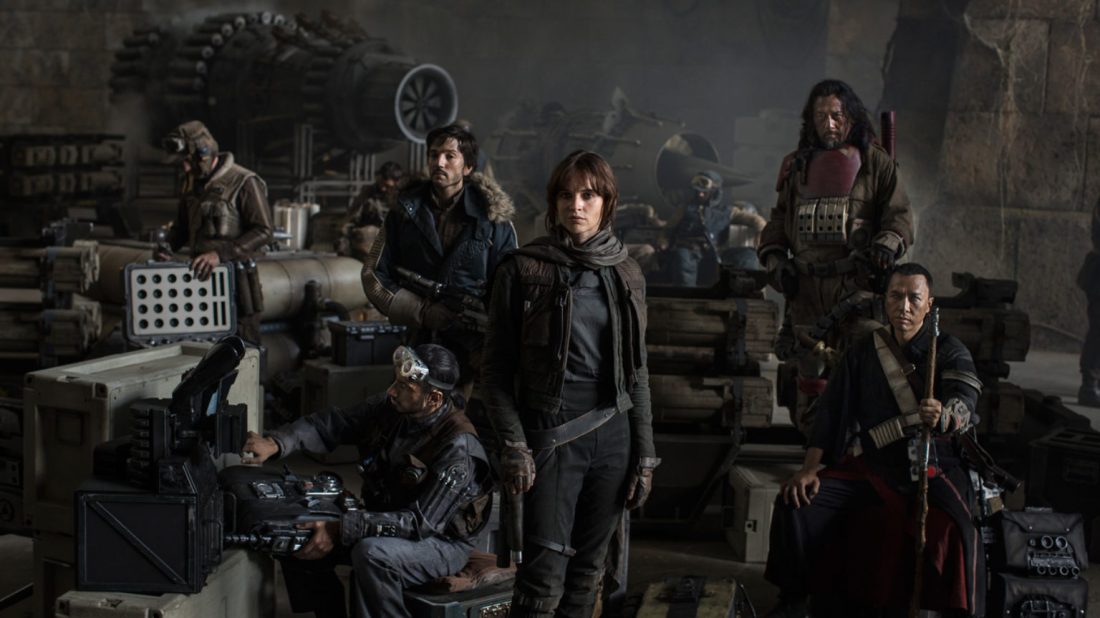
2016 – Predicted Winner: Rogue One
Potential Spoiler: Captain America: Civil War
Best Picture Winner: Moonlight
Other Nominees: The Jungle Book, Deadpool, Fantastic Beasts and Where to Find Them, Doctor Strange
2016 is probably the year that made Disney realize they could probably push the Academy into creating a category that could easily go to one of their movies every year. Star Wars and Marvel are assure that they will always have the top box office spot. They even managed to secure four of the top five slots, a feat they might be able to accomplish again this year. With no studio producing prestige films (at least not until the Fox acquisition is complete), this is the only way Disney can assure a bigger Oscar presence, and in 2016, there is no way Achievement in Popular Film doesn’t go to a Disney movie. Outside of La La Land gaming the system by going wide earlier and sneaking a victory here (and likely avoiding the envelope fiasco with Moonlight), they have virtually no competition among popular films. Rogue One was great and different and probably the easy winner. Civil War further elevated what Marvel was capable of doing. Even The Jungle Book had enough prestige and quality to possibly take it. With the Academy swinging so far in the opposite direction for Best Picture with the microbudget Moonlight, this is an easy year for Disney.

2017 – Predicted Winner: Get Out
Potential Spoiler: Wonder Woman
Best Picture Winner: The Shape of Water
Other Nominees: Beauty and the Beast, Logan, Dunkirk, War for the Planet of the Apes, The Last Jedi, Jumanji: Welcome to the Jungle, Guardians of the Galaxy Vol 2, Spider-Man: Homecoming, Thor: Ragnarok, Kong: Skull Island, Baby Driver
Then again, things could swing wildly back in the other direction with 2017. Get Out shocked everyone by making $175M on a $4M budget and eventually taking home the Oscar for Best Screenplay for Jordan Peele. It’s unlikely rise to prominence and its relevance in 2017 would make it the perfect winner here, even in a rebellious sort of way when in so many of the years listed above, an populist action movie seemed like such an obvious choice. But 2017 was a pretty stacked year for popular film and it might have made the decision a little less obvious. Instead of giving this to Get Out as what might be perceived as a consolation prize, Wonder Woman, perceived by many as a Best Picture snub, would have been a fine winner. Logan might be one of the best superhero movies of all time and sneaked into the Adapted Screenplay race, an unlikely feat for this kind of movie. The Last Jedi was the top grossing film of the year, Dunkirk was a reliable Chris Nolan Movie, Jumanji was a shockingly good sequel and family film… and the list goes on.
It’s kind of funny, there are barely any years with any clear winners. I don’t know if that’s because the Academy hasn’t defined the award yet, or because popularity can mean different things, even with a benchmark for performance. What I’ve learned looking at all these races is that, depending on how strictly the Academy winds up defining this, and how derisively the voting members decide to vote, this is a category that can go any number of ways, sometimes depending on the year. A lot of people may not like it, but considering this is new territory for the Oscars, I think it kind of makes it exciting. If Best Picture is going to continue to be art and art only, if they’re never going to return to how it was before 2004, and if they can avoid turning this into a Best Picture Consolation Prize, then down to see what this category might wind up looking like. That should be the least amount of benefit of the doubt the Academy is given here, even if the idea is sort of all-over the place and (so far) half baked.


